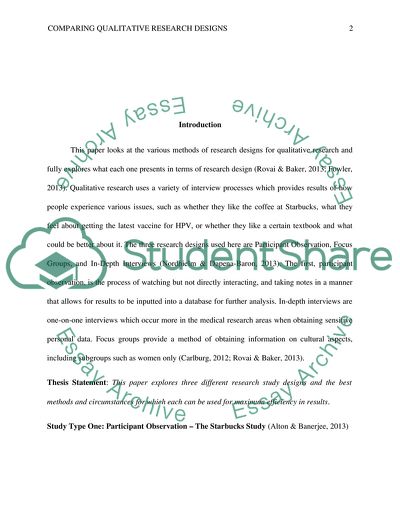Cite this document
(Comparing Qualitative Research Designs Essay Example | Topics and Well Written Essays - 1500 words, n.d.)
Comparing Qualitative Research Designs Essay Example | Topics and Well Written Essays - 1500 words. https://studentshare.org/social-science/1847591-comparing-qualitative-research-designs-terence
Comparing Qualitative Research Designs Essay Example | Topics and Well Written Essays - 1500 words. https://studentshare.org/social-science/1847591-comparing-qualitative-research-designs-terence
(Comparing Qualitative Research Designs Essay Example | Topics and Well Written Essays - 1500 Words)
Comparing Qualitative Research Designs Essay Example | Topics and Well Written Essays - 1500 Words. https://studentshare.org/social-science/1847591-comparing-qualitative-research-designs-terence.
Comparing Qualitative Research Designs Essay Example | Topics and Well Written Essays - 1500 Words. https://studentshare.org/social-science/1847591-comparing-qualitative-research-designs-terence.
“Comparing Qualitative Research Designs Essay Example | Topics and Well Written Essays - 1500 Words”. https://studentshare.org/social-science/1847591-comparing-qualitative-research-designs-terence.


